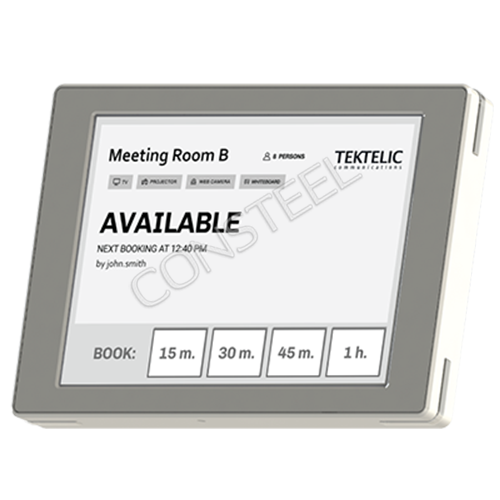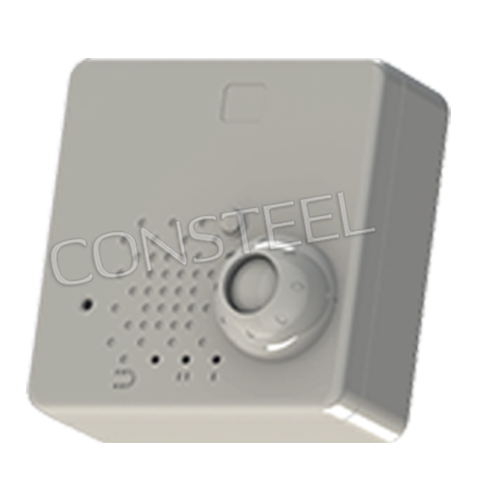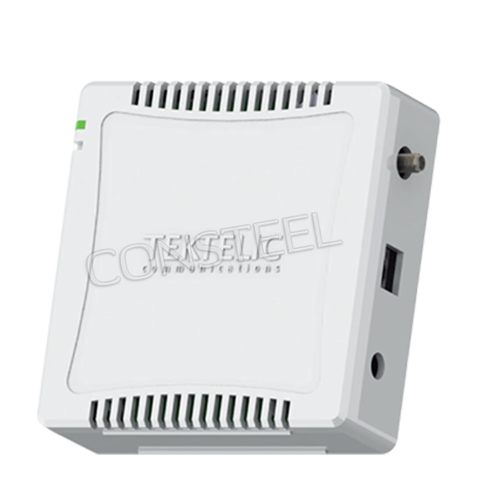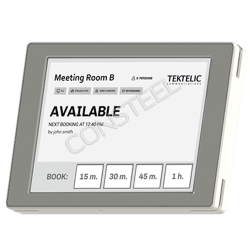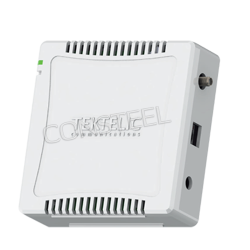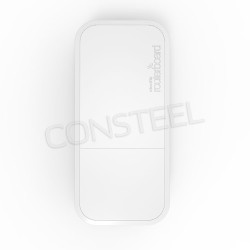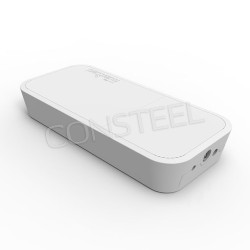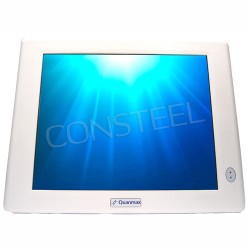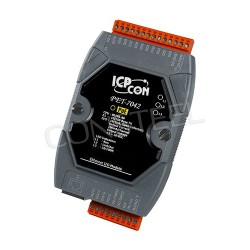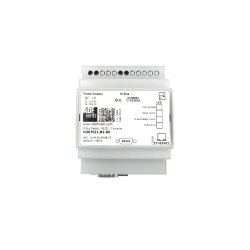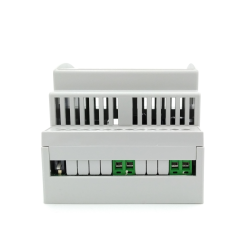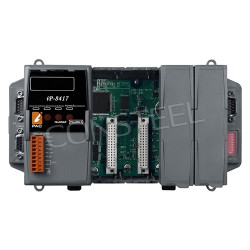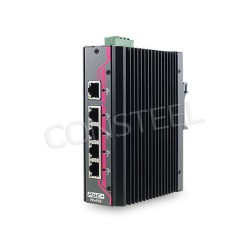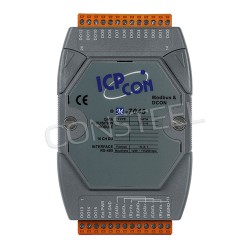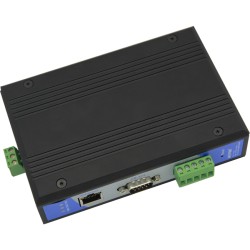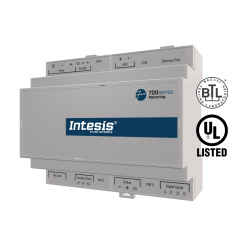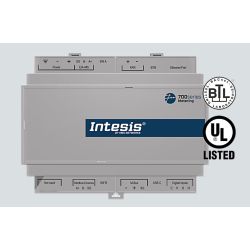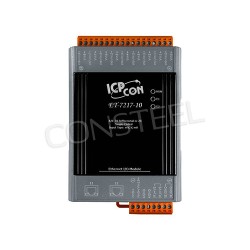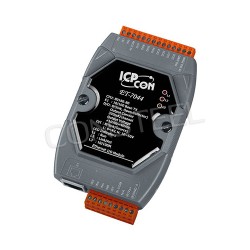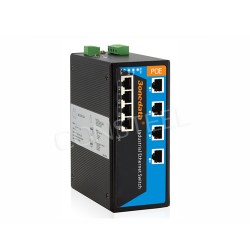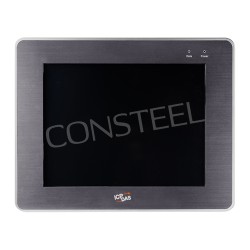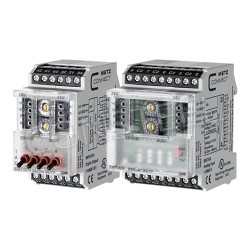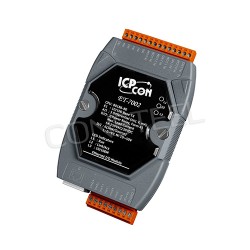What is the LoRaWAN protocol? The new era of IoT

How does the LoRaWAN protocol work?
LoRaWAN is an innovative protocol that, through communication modules, creates a long-distance and highly cost-effective network. Devices using the LoRaWAN protocol are characterized by operation with very low power consumption, which allows for long and uninterrupted signal transmission. Depending on the needs, devices with LoRaWAN adjust the transmitter power and data rate to the current propagation conditions. The undoubted advantage of using communications based on the LoRaWAN protocol is also its sheer range. Unlike Bluetooth or WiFi, the range of a LoRaWAN network reaches from a dozen to several dozen kilometers. Mostly in built-up areas it is 5 kilometers, and in undeveloped areas it is 15 kilometers.
Transmission on radio frequencies of LoRaWAN protocols
To communicate efficiently, the LoRaWAN protocol uses free radio frequencies. In the case of Europe, this is 868 MHz. The data transmission distance and low power consumption make devices using the LoRaWAN protocol at the forefront of the IoT group. The LoRaWAN network itself operates on a star system structure. A central element is connected to gateways. There can be up to 15,000 end devices per gateway, but with the development of the protocol it is expected to be possible to triple this number. LoRaWAN is for the moment one of the best communication solutions for low-bandwidth IoT data transmission.
Top products that work with the LoRaWAN protocol
Devices operating with the LoRaWAN protocol are gaining popularity and moving out of strictly industrial spaces into utility spaces. They are gaining their popularity thanks to the previously mentioned data transmission via free radio frequencies. Currently, smart sensors, tablets or industrial-quality micro gateways are gaining the most popularity.
